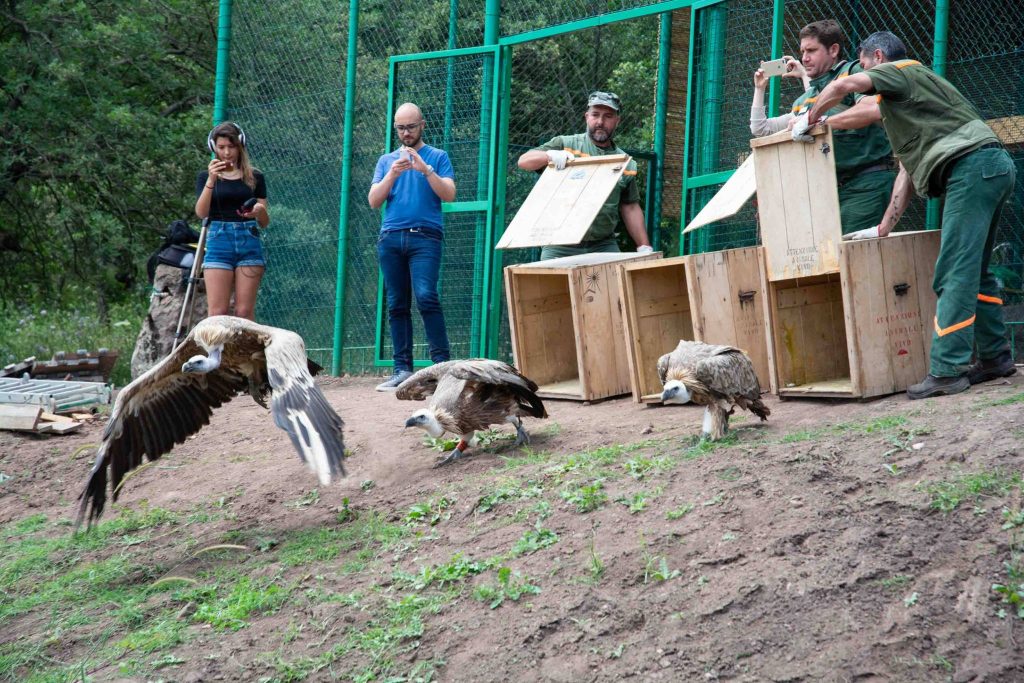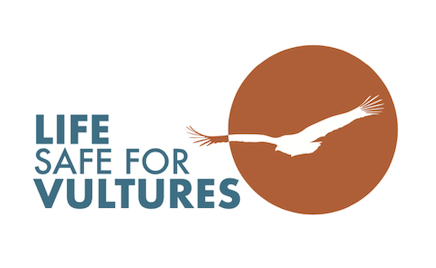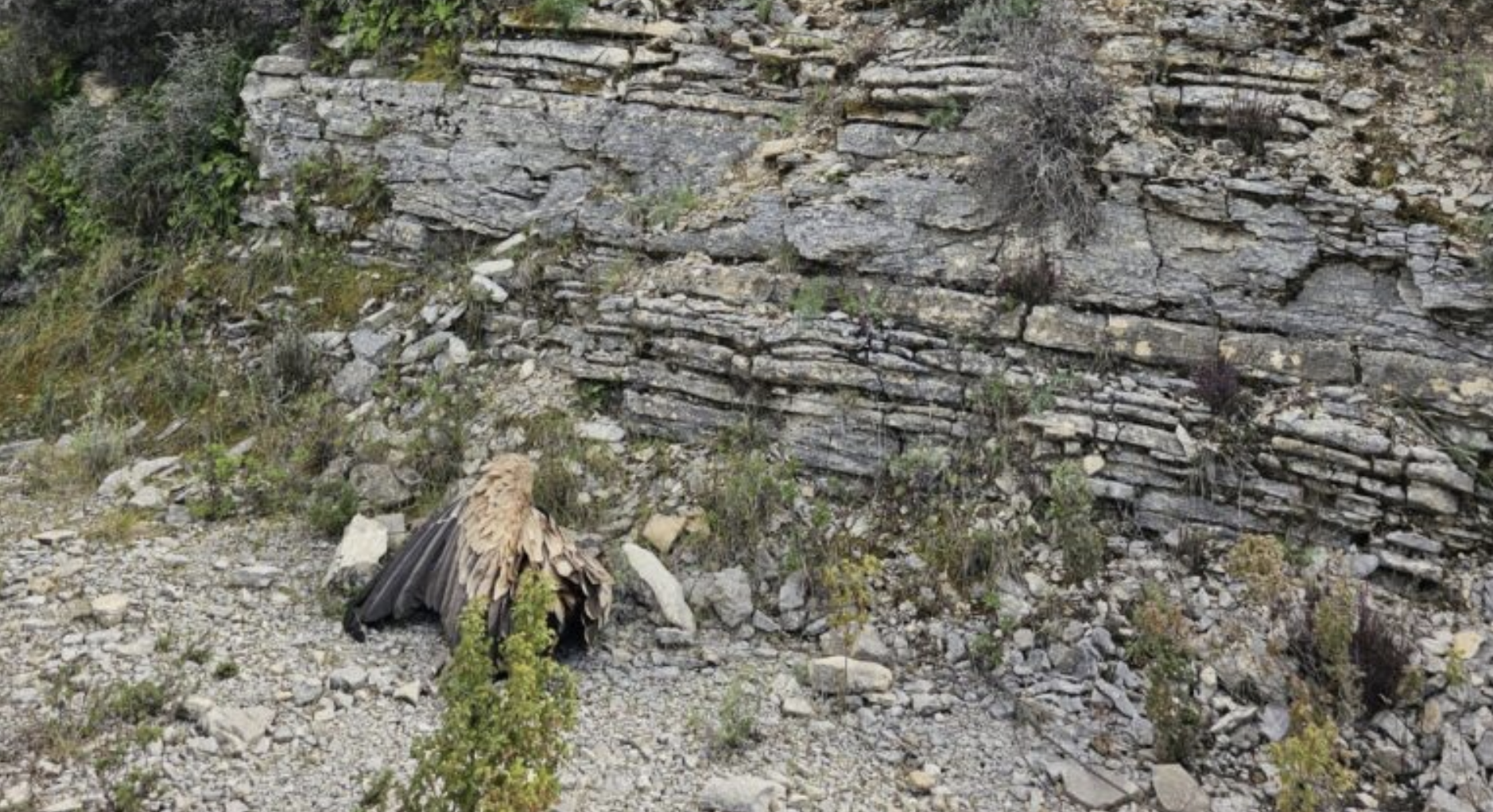
In a promising development for conservation efforts, recent data reveals a notable increase in the Griffon Vulture population in Sardinia, with an 11.8% rise observed in 2023. These findings stem from the annual census conducted on 28 October 2023, as part of the objectives of the LIFE Safe for Vultures project, which aims to monitor demographic trends and assess the impact of conservation initiatives on vulture populations.
Census data collection and results
Led by project partners and supported by organizations such as Lipu, L’Altra Bosa, and Legambiente, the census involved meticulous data collection efforts. Equipped with binoculars, telescopes, and cameras, expert observers and collaborators meticulously recorded flight patterns, behaviours, and counts, ensuring accuracy in assessing the size of the Griffon Vulture population on the island.
The census, spanning 19 observation points across key areas: 17 in the area between Sindia, Pozzomaggiore, Bosa, Villanova Monteleone, Alghero and Ittireddu, where the Sardinian population is concentrated, the only native colony of the species remaining in Italy, and 2 Urzulei and Villasalto, where the reintroduction of the Griffon Vulture is being prepared. The Sardinian population, the sole remaining native colony of the species in Italy, displayed a notable rise, with estimates ranging from a minimum of 332 individuals to a maximum of 378 individuals, representing an 11.8% surge from 2022.
Reproduction monitoring
The latest census data align with breeding monitoring results from 2023, revealing the presence of 83 pairs and the hatching of 55 fledglings. Notably, in North-West Sardinia, the primary nesting area for these majestic birds, 76 pairs were found in the Bosano region (representing 93.2%) and 7 in the Algherese area (6.8%). There’s been an increase in reproductive metrics at the Porto Conte colony, with two additional territorial pairs, two more eggs laid, and two additional fledglings observed.
Meanwhile, in the Bosano population, there are now 14 occupied colonies and sites, marking a notable increase of seven territorial pairs, four eggs, and one fledgling. Despite these positive trends, reproductive success and productivity experienced a slight decrease compared to 2022, down by 2.47% and 5.71% respectively. This decline is attributed to a rise in pre-natal mortality, with 13 broods lost compared to nine in 2022, and the unfortunate loss of two young before their fledglings, resulting in a postnatal mortality rate of 3.5%.
One significant observation is that in highly disturbed sites, territorial pairs may increase initially but then abandon their nests. In contrast, in less disturbed areas such as sea-facing cliffs, productivity and reproductive success remain close to 100%. These findings shed light on the varied dynamics of Griffon Vulture populations in Sardinia, highlighting the importance of preserving undisturbed habitats for their continued growth and conservation.
Integration of local and released vultures

Of particular interest is the integration of local and released individuals, facilitated by collaborative efforts among the Department of Veterinary Medicine at the University of Sassari, Forestas Agency, Forestry and Environmental Surveillance Corps of the Sardinia Region, E-Distribuzione, and Vulture Conservation Foundation, which have yielded significant progress in the recovery of Griffon Vulture populations in Sardinia. Through initiatives like the LIFE Under Griffon Wings and LIFE Safe for Vultures project, numerous Griffon Vultures, primarily of Spanish origin, have been released into the wild to bolster local population numbers. Notably, the successful integration of both native and released vultures is evident, with mixed couples now observed, showcasing the effectiveness of restocking endeavours. Furthermore, observations reveal varying productivity rates between disturbed and undisturbed habitats, underscoring the critical importance of preserving pristine environments for optimal breeding conditions. This success is underscored by the discovery of nine mixed pairs, with seven identified in the Bosano area and two in the Algherese area, marking the second consecutive year where a pair entirely composed of adults introduced through restocking has been recorded, promising a positive trajectory for Griffon Vulture conservation efforts in Sardinia.
While challenges persist, the growing Griffon Vulture population in Sardinia stands as a testament to the effectiveness of concerted conservation efforts and the importance of collaboration among project partners but also working extensively with multiple stakeholders, from scientists to farmers and local communities.
About the LIFE Safe for Vultures project

LIFE Safe for Vultures is a project co-financed by the EU’s LIFE Programme, acting as the first step to the restoration of the vulture guild in Sardinia. The University of Sassari leads the project in collaboration with Agenzia Regionale Forestas, Sardegna Corpo Forestale, E-Distribuzione and the Vulture Conservation Foundation. LIFE Safe for Vultures builds on the work of the successful LIFE Under Griffon Wings, with the ultimate objective for Griffon Vultures to regain their historic ranges and distribution areas from the central-eastern part of Sardinia to the south and at the same time promote the long-term survival of the species on the island. The project team is working to expand the network of farm feeding stations, create several anti-poison dog units to tackle wildlife poisoning, establish an additional feeding station in the south of the island, restock the population by importing 40 additional Griffon Vultures and reduce the threat of collision and electrocution with energy infrastructures.




